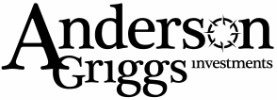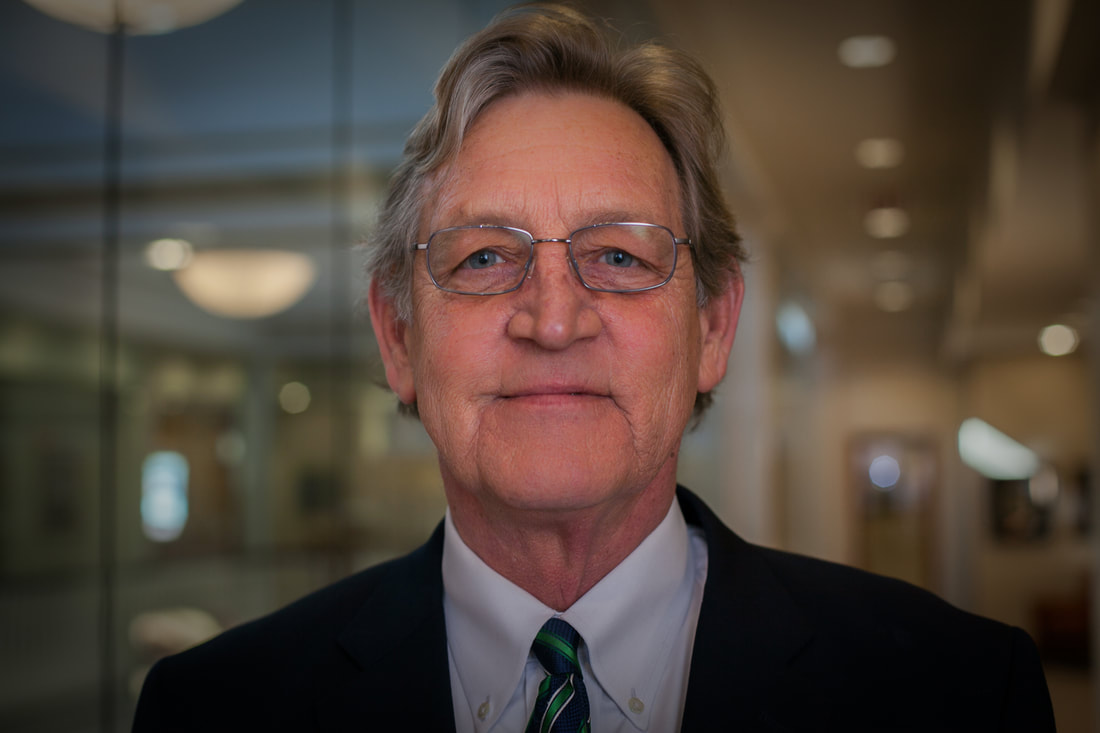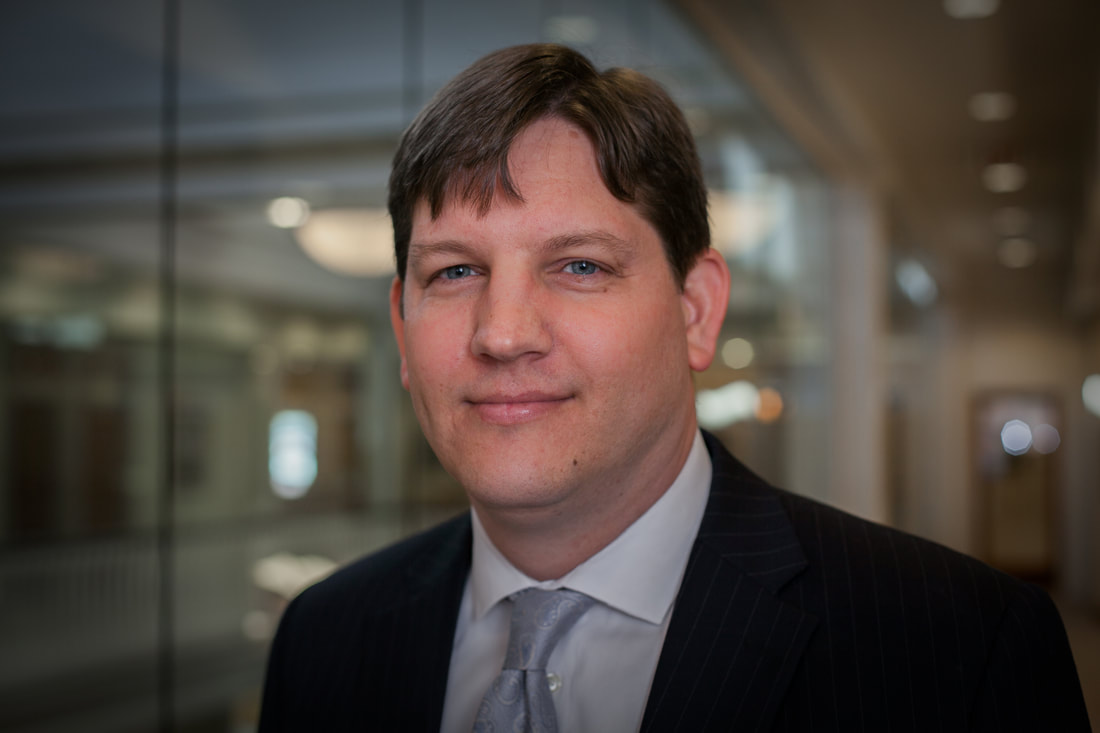|
A 45 Year History of One Family's Success I have often said change is the only certainty in the world of investment management. The future unfolds in ways that cannot be accounted for over a lifetime. Long-term goals for saving funds, however, don’t change that often. You may have short-term goals, like saving for a down payment on a home, funding an education, or building a nest egg. Or you may be entering the later years of life, where preservation of capital, income, and legacy planning are your primary investment goals. It is estimated that 10,000 Americans are entering the retirement years each day. Many have the same goal as the Jeffrey Family. They have stayed the course throughout the last 45 years and are positioned to meet their goals for the next 45. I often wonder what my own family would be like if I had not wandered for several years, dragging the family along with me, before settling here in Rock Hill. I grew up in a little house in a small farming community in north central Iowa. The house faced the Main Street of the town, but Main Street was much more than just a little two lane road. In fact, if I walked off my porch, took a left and kept walking until the road stopped, I would end up in Boston. If instead I turned right and kept walking, I would make it all the way to Newport, Oregon. What a trip either would be. On the way to Boston I could cross the Mississippi River, visit Chicago and the Great Lakes. Enjoy the Indiana dunes, the Finger Lakes and the Berkshires, and countless towns and villages along the way. If instead I took the right, I would enjoy crossing the Missouri River and the Great Plains. Visiting Hells Half Acre in Colorado, Yellowstone in Montana, and Craters of the Moon in Idaho before hitting the Cascades and ending just a short distance from the Pacific Ocean. My Main Street was also known as US 20, America’s longest highway. From Boston to Newport, Oregon, it stretches 3,365 miles. I am sure the Anderson family would have done just fine settling in any one of the thousands of communities along that Main Street. But one major drawback caused us to veer in another direction. Every thousand miles or so of Main Street would have led us to chilly if not freezing weather, and plenty of snow. For some, that is not only acceptable, but desired. Not for me! I ended up going south and east instead to find our home. Our story today concerns another family who chose to not veer off and take a side trip, but to stay the course despite any distraction they encountered. This was the Jeffrey family from Columbus, Ohio, whom I have written about before in past letters. The name came up again recently in a brief written by James Garland, CFA. Garland was the successor to the work of Tad Jeffrey. This brief, “A Cash-Flow Focus for Endowments and Trusts,” was published by the CFA Institute Research Foundation (1). I believe this brief, which I would consider closer to an academic paper, should be read by everyone involved in the management of trust or endowment assets. After reading it, I gave a call to Mr. Garland to ask his permission to write about the paper. In the course of this conversation, Garland steered me towards a transcript of a speech he gave to a family office in Alberta Canada a few years back, entitled “Memo to the Darcy Family: To Thine Own Self Be True” (2). This speech is worth reading, especially by individual investors who desire income from their savings yet still want to leave a legacy to family or charities. There is much discussion in the investment world on retirement income and how much one can spend in retirement without running out of money, Mr. Garland’s recommendation, which he calls “the endowment investor,” should be considered. A Little More About the Jeffrey Trust Joseph Jeffrey founded a company in 1870 to build and sell underground coal mining machines. Jeffrey was the first to create these machines, and given the huge demand for coal, the company was very successful. It expanded beyond the underground machines and built and sold an assortment of additional items used in the mining and road building industries. In 1914 Mr. Jeffrey created a generation-skipping trust and deposited all of his company shares into the trust. This forward thinking allowed the trust to flourish for generations without the burden of estate tax. In 1974 the trustees sold all the company’s operating business and with the cash purchased stocks and bonds with a single purpose: to provide spendable cash for the descendants of Mr. Jeffrey. They established a statement of Investment Objectives at the time of the sale, which according to Mr. Garland has essentially remained unchanged. Here it is, as stated in “Memo to the Darcy Family”: Investment Objectives Recognizing, one, that the primary purpose of establishing objectives is to provide guidelines for subsequent actions; and, two, that the establishment of such objectives neither ensures their achievement nor necessarily limits what might actually be achieved; the following are the long-term investment objectives of The Jeffrey Company in descending order of priority: This simple statement lays out a course for trustees to follow. Unlike today’s more formal investment policy statements which cover expected returns, asset allocation, restrictions, and whatever else may be appropriate, this statement is clear that its concern is not current market value, but rather the generation of cash to be distributed for the heirs to spend. By limiting the burden of minimizing the market price volatility of the portfolio, the trustees can concentrate on the current and future cash flow generation of the securities held. To help explain this to the beneficiaries of the trust, Mr. Garland tells the story of two farmers: Imagine two farms and two farmers. One farmer raises chickens and sells them to grocery stores. We’ll call him a chicken farmer. The other farmer keeps hens in a henhouse and feeds the eggs to his rather large family. The second one is an egg farmer. How have these egg farmers done over the past 45 years? It seems they have done pretty well. The original number of beneficiaries of the trust were the six children of Joseph. Today the beneficiaries total over 300, each of whom receive a check to spend. Even with this growth in beneficiaries, Mr. Garland states; “In inflation-adjusted dollars, we’ve maintained payouts to family members for almost thirty years now without a cut.” Thirty years may seem like a long time, but for today’s new retirees, thirty years is within the range of normal life expectancy. Because income is the primary objective of the majority of retirees, the endowment approach as used by the Jeffrey Trust is a viable approach to meet this objective. As of November 15, 2019, the indicated dividend yield of the S&P 500 is 1.83%. Of the 505 companies included in the index, 250 are available to purchase with a yield exceeding the rate paid on the US Treasury Bond maturing in 10 years. 200 of these have a yield exceeding the rate paid on the US Treasury Bond maturing in 30 years. Over the past five years, of the 250 companies whose yield exceed the 10 year rate, only 12 have reduced their dividend payments, while 2 have been unchanged. The remaining 236 have increased their payments, with the majority increase well in excess of the inflation rate. Given that most investors tend to follow a total return approach to portfolio management, a portfolio designed solely on cash flow generation may not be acceptable. However, with the rise in number of retirees in this country, the demand for consistent cash flow is growing rapidly. An alternative to a 100% fixed income portfolio or an annuity contract may just be a portfolio that is similar in design as the one maintained by the Jeffrey Company for the past 45 years. I would encourage any professional to read “A Cash-Flow Focus for Endowments and Trusts” by James P. Garland, CFA. For the rest of you, I would suggest the speech by Mr. Garland, entitled “Memo to the Darcy Family: To Thine Own Self Be True.” Until next time, Kendall J. Anderson, CFA
Comments are closed.
|
Kendall J. Anderson, CFA, Founder
Justin T. Anderson, President
Categories
All
Archives
April 2024
|
|
Common Sense Investment Management for Intelligent Investors
|



 RSS Feed
RSS Feed